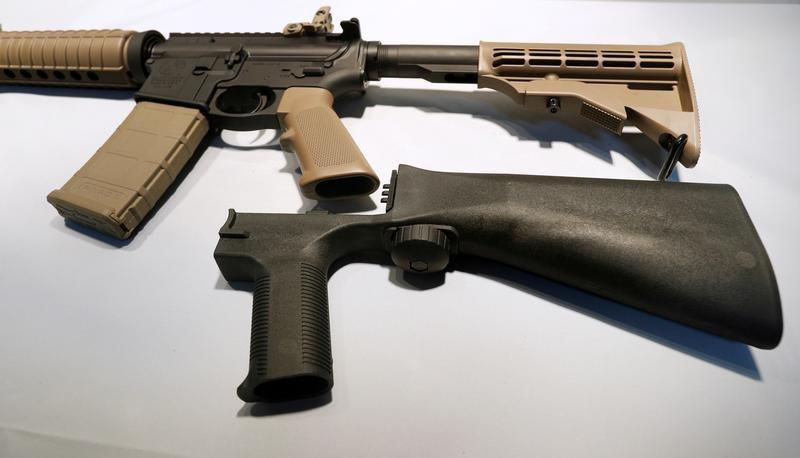The Supreme Court is set to hear arguments on Feb. 28 in the case of Garland v. Cargill, which concerns whether a bump stock transforms a semiautomatic firearm into the type of “machine gun” prohibited under federal law.
The Bureau of Alcohol, Tobacco, Firearms, and Explosives (ATF) said for years that nonmechanical bump stocks, or those without internal springs, didn’t constitute a machine gun since they didn’t produce automatic fire.





